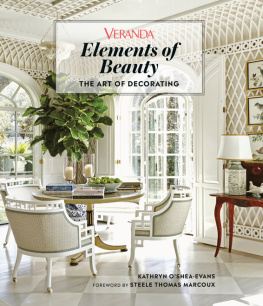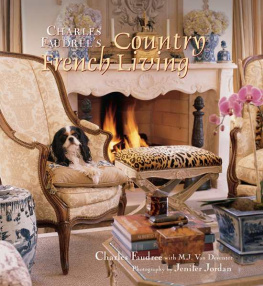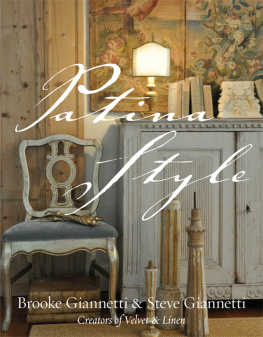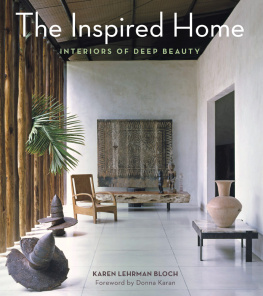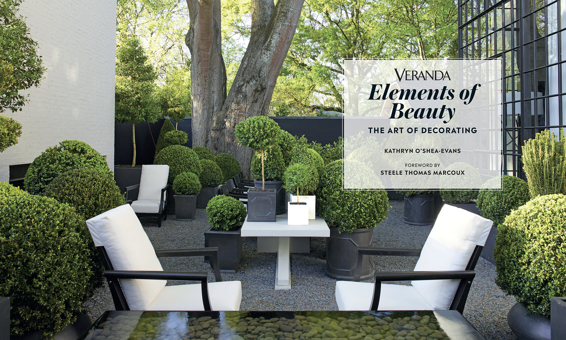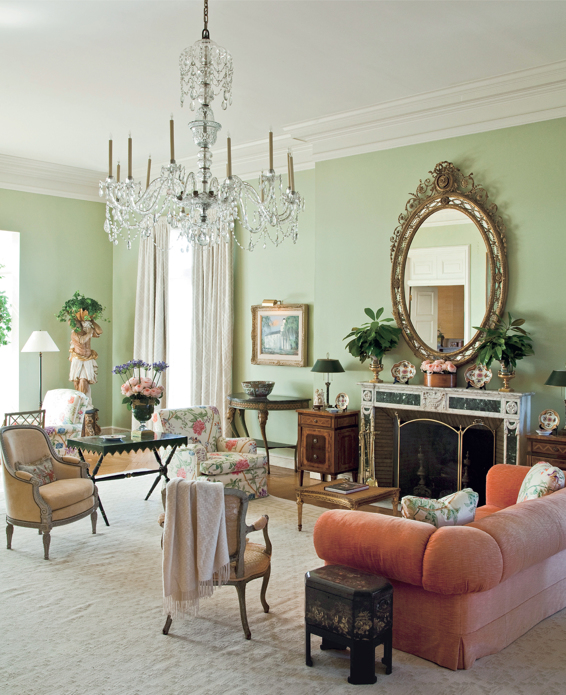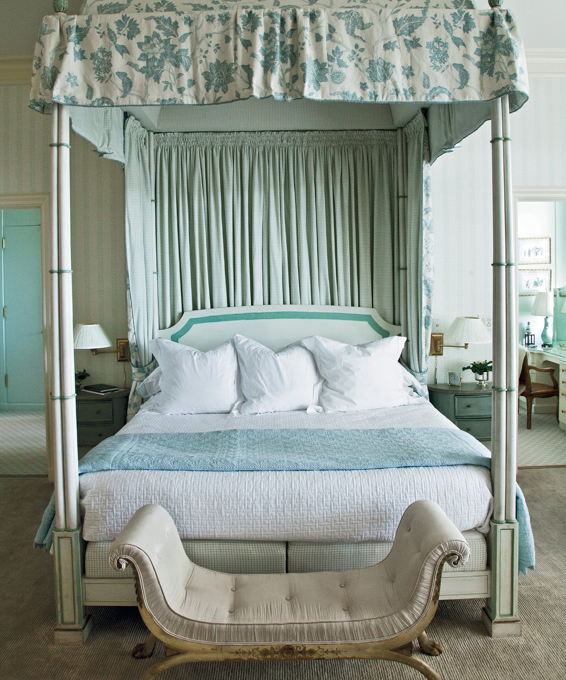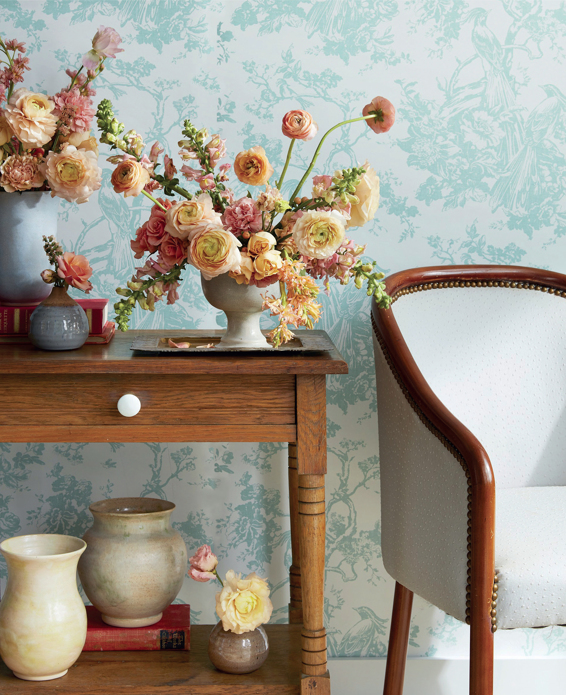
Copyright 2020 by Hearst Magazine Media, Inc.
All rights reserved. The written instructions in this volume are intended for the personal use of the reader and may be reproduced for that purpose only. Any other use, especially commercial use, is forbidden under law without the written permission of the copyright holder.
Cover and book design by William van Roden
Library of Congress Cataloging-in-Publication Data Available on Request
Published by Hearst Home, an imprint of Hearst Books/Hearst Magazine Media, Inc.
Hearst Magazine Media, Inc.
300 West 57th Street
New York, NY 10019
Veranda, Hearst Home, the Hearst Home logo, and Hearst Books are registered trademarks of Hearst Magazine Media, Inc.
For information about custom editions, special sales, premium and corporate
Purchases: hearst.com/magazines/hearst-books
ISBN9781950785032
Ebook ISBN9781950785254
a_prh_5.6.0_c0_r0
Legend Albert Hadley (and his team at Parish-Hadley) designed this timeless North Carolina living room in the 1970s. He later updated it for modern living with just one trick: he had the previous apricot walls painted a glazed pea green.
CONTENTS
FOREWORD
Decorating is not about making stage sets, its not about making pretty pictures for the magazines; its really about creating a quality of life, a beauty that nourishes the soul. So said famed American interior designer Albert Hadley, who was known as much for designing spaces with intellectual rigor as with au courant urbanity. Hadley had a certain finesse when it came to decorating that cemented his legacy as one of the greatest designers of the 20th century. His historically informed yet elegantly fashionable approach yielded rooms with warmth, personality, and a certain permanence that make them nearly impossible to date. In other words, they are inviting, unique, and timeless.
This, I believe, is the true art of decorating: creating livable spaces that magnetically draw others in even while closely reflecting their owners individual points of view. These are the rooms that leave a lasting impression on us, where we celebrate the joys of life and seek comfort during times of sorrow. These are the rooms we just want to be inbecause, thanks to an enthralling combination of sensory stimulants from color and pattern to texture, fragrance, and sound, these rooms feel as beautiful as they look.
This book, organized by room type into nine magnificent chapters, distills the process of creating these spaces down to its elements. With expert insights culled from top designers, architects, and landscape architects from all over the world, no detail of design, from choosing the right occasional chairs and lighting fixtures to navigating the myriad options of kitchen backsplash surfaces, has been overlooked. And, with unexpected decorating ideas like tenting a breakfast room ceiling, its pages are filled with a kind of originality Mr. Hadley likely would have admired.
Beyond all of the beautiful decorative aspirations, this book is meant to inspire a wholly beautiful way of livingwith ideas for engaging the auditory and olfactory senses, in addition to sight and touch. The rooms featured in the pages to come are infused with a heady concoction of personal style and gracious design, where the whole is more enchanting, more memorable, than the sum of its parts could ever be. May we all discover and perpetuate that soul-nourishing beauty at home.
STEELE THOMAS MARCOUX
Hadley used his signature florals to sweeten the bedrooms of this 1970s North Carolina project, which proves good design holds up: that bed looks every bit as divinely restful today.
Arrange ranunculus and snapdragons in an unexpected, multi-tiered way to capitalize on their feral beauty. Placing them in a collection of pottery in a limited palette allows their hues to pop.
INTRODUCTION
Our innate desire for beauty is every bit as powerful as our yearning for love and happiness. Our bodies may thrive with the latest wellness trends, but its beauty that truly satisfies our souls. You dont have to look much further than history for proof. Claude Monet knew that surrounding himself with exultant gardens and the Normandy light at Giverny would soothe his worries. Thomas Jefferson designed Monticello in elegant symmetry for a calming respite from politics. Today, New Yorkers crave over-the-top splendor so much that theyll willingly wait in line for hours (in high heels) to see the latest Costume Institute exhibition at The Met. But a beautiful life doesnt require a private estate or an invitation to an exclusive event, as anyone who has woken up to a simple bedside bouquet of fragrant lilac cuttings from the garden can attest. It just requires an observant eye thats open to finding and appreciating the beauty in design and in daily living.
In researching this book, we spoke with interior designers, architects, and landscape designers about how they introduce elements of beauty into the spaces they design so lovingly. Their special touches can be found in many surprising places: the intricate shadows cast by a chandelier on a dining room ceiling; the exuberant foliage of a well-tended flower garden; the sense of balance experienced when strolling by a gallery wall arranged in simple symmetry. Often, its those moments that bring loveliness to your hoursand with it, to your spirit.
This stunning collection of photographs and designer insights reveals instructive, exquisite rooms that depict beauty from morning to night while pushing the gold-leafed envelope on design rules. There is a breakfast room sheathed in Swedish paneling with birdcage pendant lamps over the table and a cosseting master bedroom where gilded moldings echo the finish of the bed corona made from an antique French altar fragment. Organized by room, each chapter displays those special details that make a room arresting and remind readers that some of the most beauteous thrills can happen anywhere, in any corner of the house. Throughout, designers share personal advice for creating delightful environments, whether thats how to make your fresh-cut flowers last longer, which antique chairs are so timeless theyre worth hunting for, or the art of properly dressing a bed so beautifully that it invites you to sink into it with a happy sigh at the end of a busy day.
Megawatt silent film star Mary Pickford once owned this Georgian armchair; no wonder Richard Keith Langham gave it pride of place before a showstopping circa-1900 crewel panel backdrop in this 19th century farmhouse in Lancaster County, Pennsylvania.

